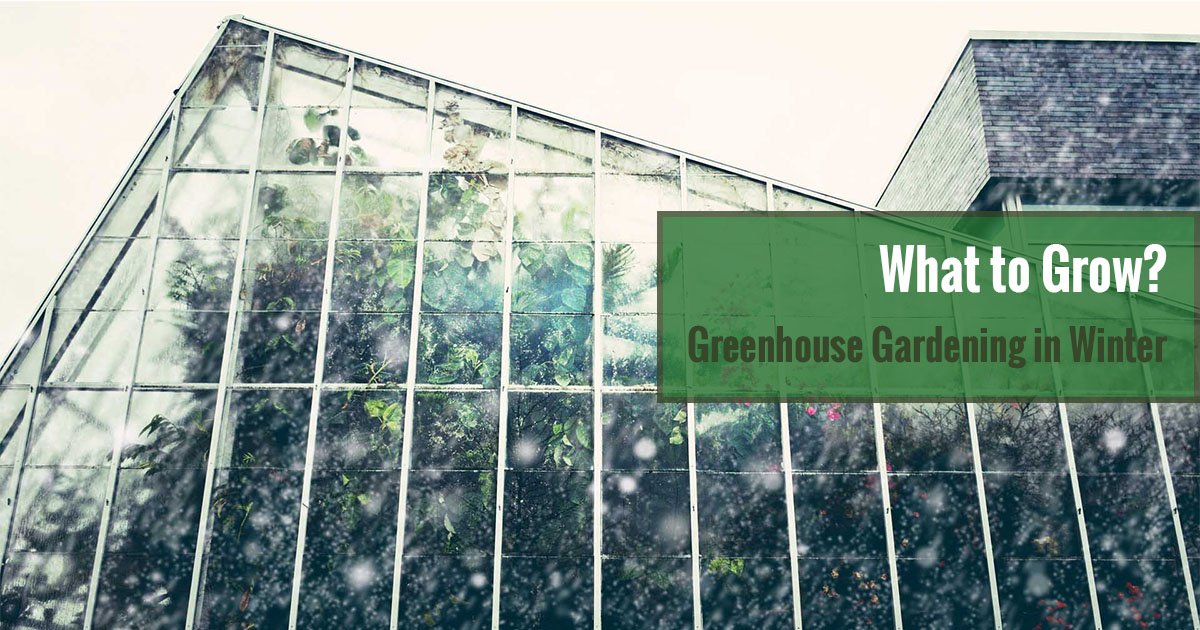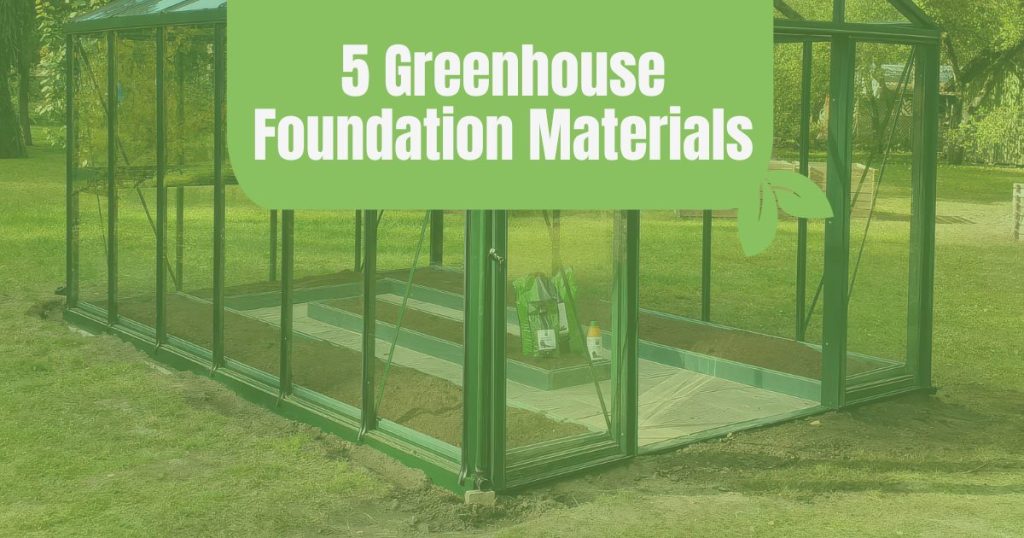

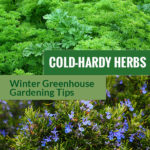
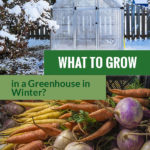



Planting and growing are enjoyable tasks not only during spring and summer. For people who own a greenhouse, it can be a year-round joy. A greenhouse is your healthiest backyard investment for fresh produce throughout the whole year. We will show you what plants to grow in the cold season so you can enjoy greenhouse gardening in winter.
There are actually quite a lot of plants that germinate and grow in colder temperatures and that doesn’t need as many hours of daylight. This is crucial in the cold season in order to save on electric bills for heating and artificial light.
Perfect timing is crucial
Timing and temperature are crucial to have a successful harvest. It will help achieve the best flavor and quality of your crops. Understanding the suitable growing period and the days to harvest will make a big difference between producing a thriving garden and missing out on garden yield. Remember to read the seed packets thoroughly. It is loaded with a lot of useful information.
| Slow maturing crops 100 days | Middle maturing crops 55-70 days | Quick maturing crops 40 days |
| Beets | Kale | Lettuce |
| Cabbage | Radish | Bok Choy |
| Carrots | Turnips | Spinach |
| Onions | Leeks | Arugula |
| Parsnips | Chards | Endive |
What plants to grow in the cold season?
Winter growing is achievable because most cool-season plants can stand the near-freezing temperature. You can start with cool-weather vegetables and allow them to grow throughout the serious winter. So don’t just stare at those seeds and let’s start planting!
Onions
There are sturdy onion varieties that can be successfully planted even when the greenhouse is unheated. Below are some of the varieties to consider.
- Shakespeare is a white onion variety that can be relied on to grow during the winter.
- Electric is an excellent red variety.
- Radar provides an appealing yellow-colored variety.
Peas
If you live in an area that experiences milder winter weather, planting peas directly to the ground and close to each other will give you larger quantities. One of the best pea varieties that have been proven to withstand the cold is Meteor.
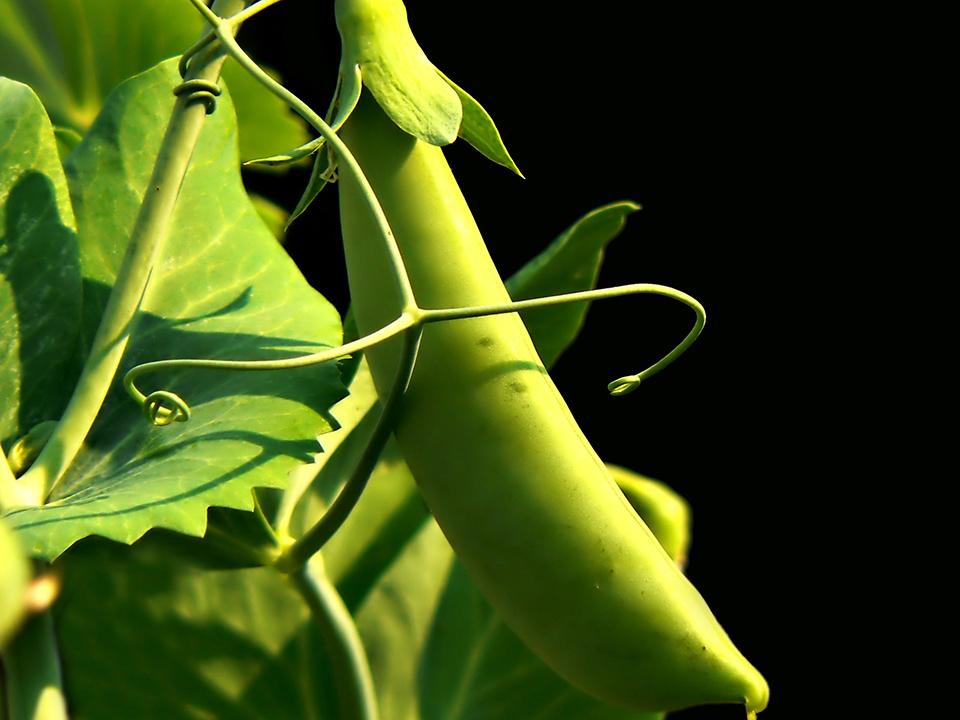
Leafy veggies
Winter greens sweeten with the cool weather. Here are some examples of the healthiest cold-tolerant leafy winter crops to grow.
Lettuce favors the cold weather. It is an excellent fall and spring vegetable that can even survive the coldest climates.
The hardiest of all kale types are the Siberian types which are soft and possess a softer taste than other kales. True Siberian type is great because it keeps on offering leaves all winter.
Cold hardy herbs
Herbs enhance every meal. There are herbs that are sensitive to colder temperatures. However, some of the most often used herbs can actually grow in colder climates.
Parsley is the hardiest of herbs. It decreases its growth in wintertime and can sometimes survive without some protection.
Chives are so easy to grow that even kids can do it. Plant the seeds in a pot and place it in a dark place.
Rosemary is a perennial herb. It can be planted at any time of the year and is strong enough to protect itself against the icy cold weather. This herb can thrive completely all year round.
Mint is a flexible herb that will proceed to grow during winter. It is like a weed that grows wild and is challenging to get rid of.
Root crops
Root crops are also great winter plant ideas. You can set aside most of these root crops in the soil and just dig them up when needed. Some wonderful root crops to plant include rutabagas, leeks, radishes, turnips, beets, parsnips, and carrots.
Broad beans
Planting broad beans during wintertime means young plants by the time early spring comes in. The best method is to plant them in beds inside the greenhouse. If the weather is still mild, placing the beds near the door means they can easily be seen and pollinated by bees.
Garlic
Garlic comes in several varieties and planting them couldn’t be easier. They have a long growing season like onions.
Chesnok red is the variety to go for if you want to taste a fuller garlic flavor.
Wight Cristo should be the option if you want traditional garlic that is commonly used for cooking recipes.
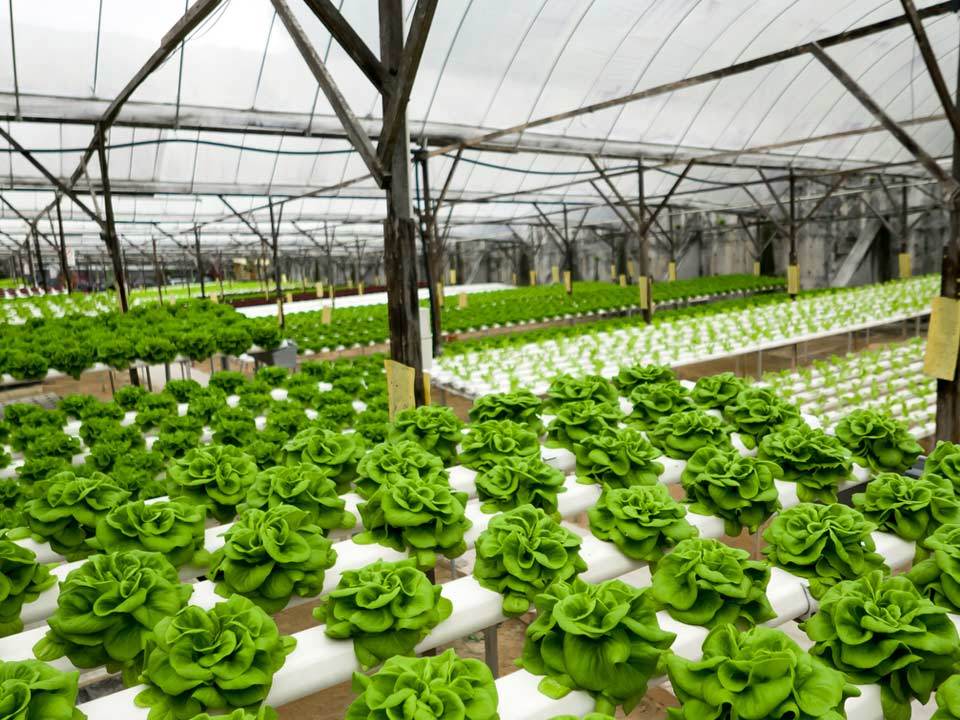
Winter gardening techniques
As the temperature drops, the plant production can be kept at a steady and continuous process when you have a greenhouse.
Choose the right plants
It is imperative that you choose the right plants when you plan to garden during the winter. Pick the ones that you know will be able to survive the extremely cold winter weather. Leafy greens and root vegetables are the ones to go for when you want a successful winter planting season. Think of raising plants with similar humidity, light and watering requirements together.
Clean and inspect the greenhouse
The harvest done in late summer and fall means that your greenhouse needs a thorough inspection and cleaning whether you plan to plant or not. A greenhouse in tiptop form should be all set before winter comes.
Repair and maintenance are also must-dos around the greenhouse before planning your next step towards winter planting. This will also lessen common pests and disease difficulties.
Planning humidity and heating control
Striking the right balance of temperature and humidity should be the best way which can be helped with dehumidifying systems and proper ventilation. You can try to plant closer together to form a microenvironment with better relative humidity.
Light it up
Proper lighting is another important factor to consider for the winter greenhouse. A shady greenhouse will not be an efficient environment for plants unless you are growing mushrooms that require a dark environment. LED lights in the correct spectrum are the most efficient way of implementing a bright and warm atmosphere for growing plants.
Seedlings need light for them to thrive and grow. During winter, grow lights are the things to have when you want healthy and robust seedlings. Learn more about grow lights here.

Basic winter accessories to get started
If you plan to continue gardening during the winter months, the first top investment should be a sturdy greenhouse with a proper insulation factor. Here are a few greenhouse accessories or equipment to either be built-in or become benchmarks when you’re out on the market for a winter greenhouse.
Built-in benches and shelves
It would be a fantastic deal if you can get a greenhouse fitted with built-in racks and benches. They are important greenhouse equipment to have, not only for convenience but also serve as great storage spaces. Appreciate more planting capacity while taking up limited space. In winter, you don’t want to plant your crops in the ground. Shelves help your crops from freezing.
Lights
Plants need some light to photosynthesize in order to survive. The light demands to have equal wavelengths as our sun. That is the reason why a conventional light bulb will not work.
Incandescent lamps work well for raising houseplants, but they do not fit for indoor setup.
Fluorescent Lights are good for raising herbs and other plants that do not need so much light. However, they are not suited for plants that are flowering because they do not put off sufficient light.
Compact fluorescents are smaller plus they are more productive than traditional kinds of fluorescent lighting that is why they can be utilized for all kinds of plants.
High-Intensity Discharge or HID bulbs are the best of all and most effective lights possible, but they are more expensive.
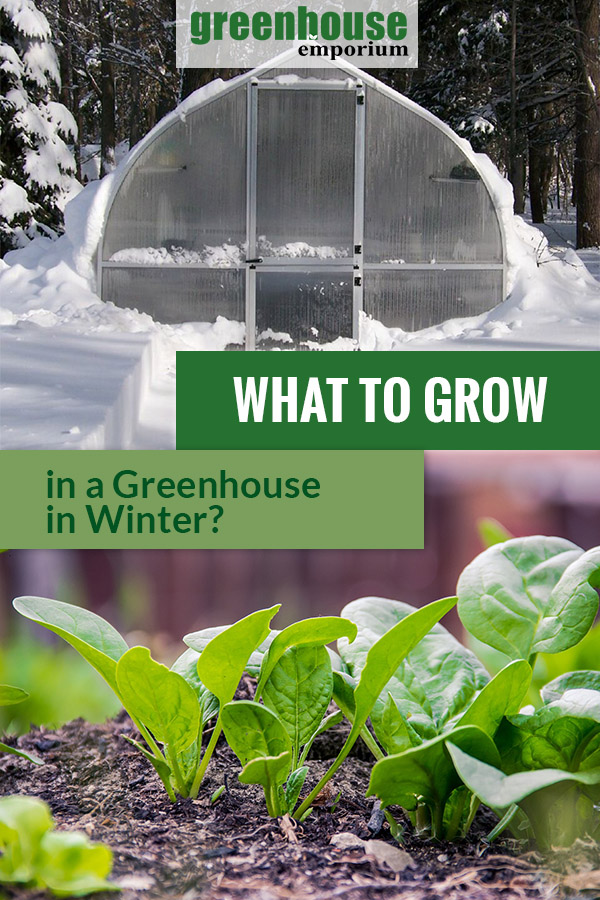
Heaters
There are greenhouse designs that do not rely on heat or need heat. However, not all greenhouses are created that way. These season extension heaters can achieve some of the earth’s essential warmth, particularly in the evening, and prevent the chilling, and dehydrating impact of winter.
Electric heaters are the popular ones used, but you can also opt for propane or gas heaters. Control the temperature inside your greenhouse with these Greenhouse Heaters!
Always remember that planting seeds depend more on ground temperature than the air temperature. If your soil can be warmed sufficiently for the seeds to sprout, then they may be able to tolerate cooler air. You need to understand the temperature requirements of your plants and get a reliable thermometer.
A good heating system is a top priority for your winter greenhouse. While your plants need sufficient heat during the cold months, certain kinds of diseases would also grow along with the plants if left unchecked.

